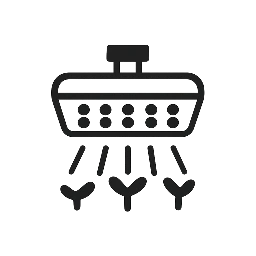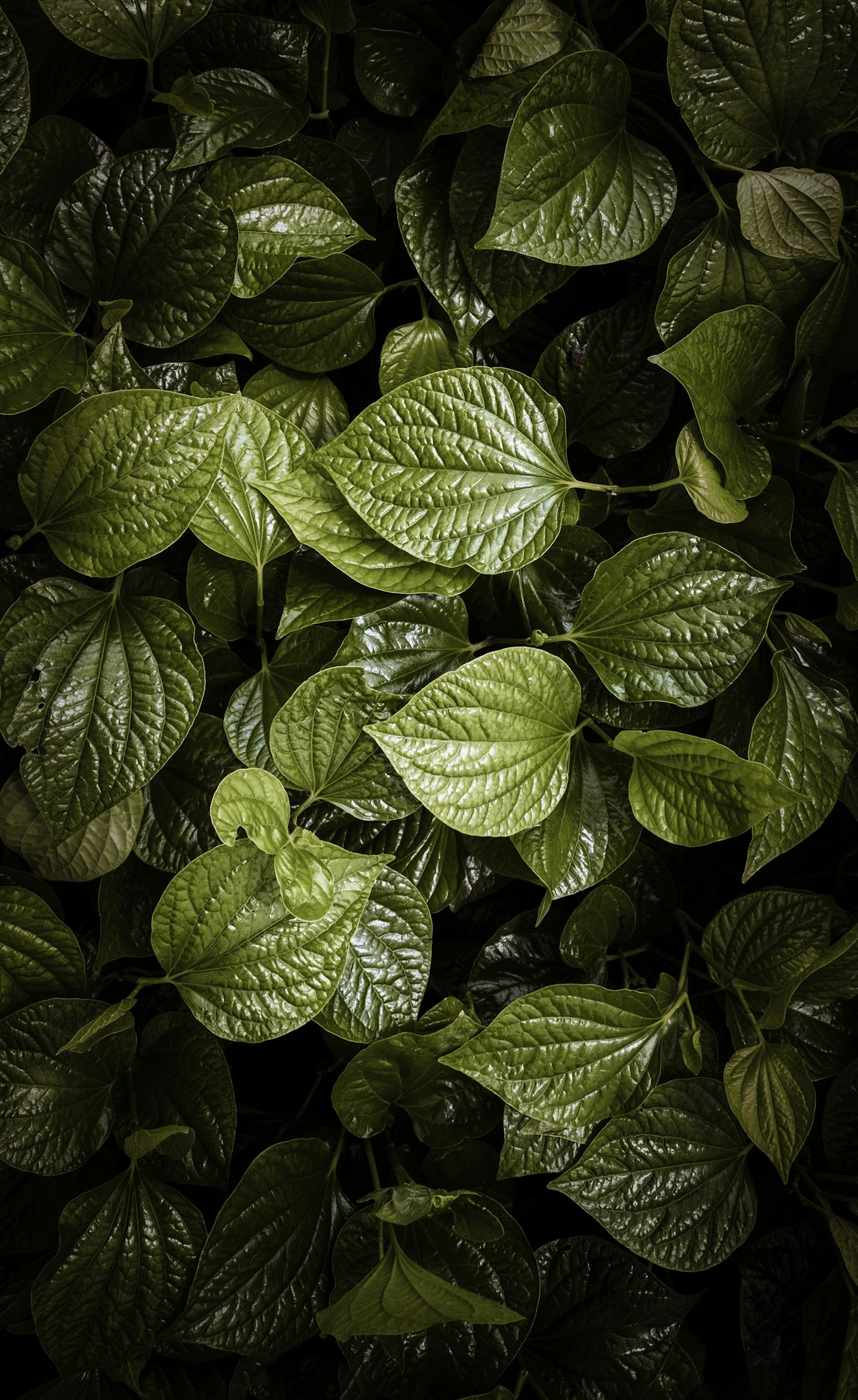Your cart is currently empty!
When it comes to indoor gardening, LED grow light have become the go-to solution for plant enthusiasts and commercial growers alike. They are energy-efficient, long-lasting, and customizable for different plant needs. However, simply installing LED grow lights is not enough—you need to know how to use them properly for maximum results. Here are some top tips to help you make the most of your LED grow lights.n to cover, ensuring it captures the reader’s interest from the very first sentence. Share a brief overview that highlights why this topic is important and how it can provide value. Use this space to set the tone for the rest of the article, preparing readers for the journey ahead. Keep your language approachable, yet informative, to create a strong connection.


1. Choose the Right Spectrum
Plants require different light spectrums at various stages of growth.
- Blue light (400–500 nm): Encourages strong root development and leafy growth, making it ideal for seedlings and vegetative stages.
- Red light (600–700 nm): Promotes flowering and fruiting, which is essential for mature plants.
- Full-spectrum LEDs: Provide a balanced combination of both, making them suitable for all growth stages.
👉 Tip: If you want a hassle-free option, go for full-spectrum LED grow lights.
2. Adjust Light Distance
Placing your grow lights too close can burn the leaves, while keeping them too far away can weaken plant growth.
- Seedlings: Keep the lights 24–30 inches above the canopy.
- Vegetative stage: Position lights 18–24 inches above.
- Flowering stage: Reduce to 12–18 inches for stronger intensity.
👉 Always monitor your plants for signs of stress (burnt edges or stretching) and adjust accordingly.
3. Set the Right Grow Light Schedule
Just like outdoor conditions, indoor plants also rely on consistent day-night cycles.
- Seedlings & vegetative growth: 16–18 hours of light per day.
- Flowering stage: 12 hours of light and 12 hours of darkness.
👉 Use a timer to automate your grow light schedule and maintain consistency.
4. Ensure Proper Coverage
Make sure your LED grow light covers the entire plant canopy. If some areas are shaded, growth will be uneven.
- Use reflective walls (Mylar or white paint) to bounce light around.
- For larger setups, consider multiple lights to avoid dark spots.
5. Monitor Temperature and Humidity
While LEDs are renowned for their low heat output, understanding and managing the thermal and humidity environment they create is crucial for unlocking their full potential. Light drives photosynthesis, but temperature and humidity dictate the plant’s ability to “breathe” and utilize that energy efficiently through transpiration.
Understanding the Dynamics:
- The Vapor Pressure Deficit (VPD) Concept: VPD is the difference between the amount of moisture in the air and the amount it can hold when saturated. It’s the single most important metric combining temperature and humidity.
- Too Low VPD (High Humidity, Low Temp): Plant transpiration stalls, leading to poor nutrient uptake and increased risk of mold or powdery mildew.
- Too High VPD (Low Humidity, High Temp): Plants lose water too rapidly, causing stress, nutrient burn, and curled leaves as they struggle to keep up.
- LED-Specific Considerations: The “perceived” heat from LEDs is different. Leaf surface temperature under LEDs can be lower than under HPS lights. This means you might need to maintain a slightly higher ambient air temperature (e.g., 77-82°F or 25-28°C) to achieve the ideal leaf temperature for metabolic activity.
Actionable Optimization Strategies:
- Strategic Airflow Management: Use oscillating fans to create gentle air movement above and through the canopy. This disrupts the stagnant, humid boundary layer around leaves, strengthens stems, and ensures consistent CO₂ distribution and temperature.
- Invest in an Exhaust System: A proper inline fan and carbon filter system is non-negotiable in enclosed spaces. It actively exhausts hot, humid air from the top of the space while drawing in fresh, CO₂-rich air, providing precise environmental control.
6. Combine with Other Growth Factors
Think of your LED light as the engine of your garden, but it cannot function without fuel, a chassis, and a road to run on. For the energy produced by your premium LED light to be converted into robust growth, it must be supported by other non-negotiable factors.
The Synergy of Light, Nutrients, and Water:
- Increased “Thirst” and Nutrient Demand: Under powerful, full-spectrum LEDs, plants photosynthesize more rapidly. This accelerates their metabolism, meaning they will consume water and nutrients faster. You may find you need to water more frequently or adjust your nutrient solution to a slightly stronger EC (Electrical Conductivity) to meet the demand your lights are creating.
- The CO₂ Factor: As you dial up the light intensity to maximize yield, you may hit a plateau where CO₂ becomes the limiting factor. In a sealed environment with intense LED lighting (e.g., over 800 PPFD), supplementing CO₂ to levels of 1200-1500 PPM can supercharge photosynthesis, allowing your plants to fully capitalize on the powerful light you are providing.
Building a Holistic Foundation:
- Soil and Container Science: The quality of your growing medium dictates root health, which in turn dictates everything else. Ensure it provides both moisture retention and excellent drainage (aeration). Fabric pots or air pots promote “air-pruning” of roots, preventing circling and creating a denser, healthier root mass.
- Preventative Pest Management: A healthy, well-ventilated garden is your first line of defense. The consistent airflow you’ve established to manage temperature also makes it harder for pests like spider mites and fungus gnats to establish a foothold. Regularly inspect leaves, especially the undersides, as part of your routine.
Final Thoughts
Using LED grow lights effectively requires more than just switching them on. By choosing the right spectrum, adjusting distance, setting schedules, and managing environmental conditions, you can create the perfect indoor environment for your plants to thrive.
Whether you’re growing houseplants, herbs, or commercial crops, mastering LED grow light usage will help you achieve healthier, stronger, and more productive plants.


Leave a Reply